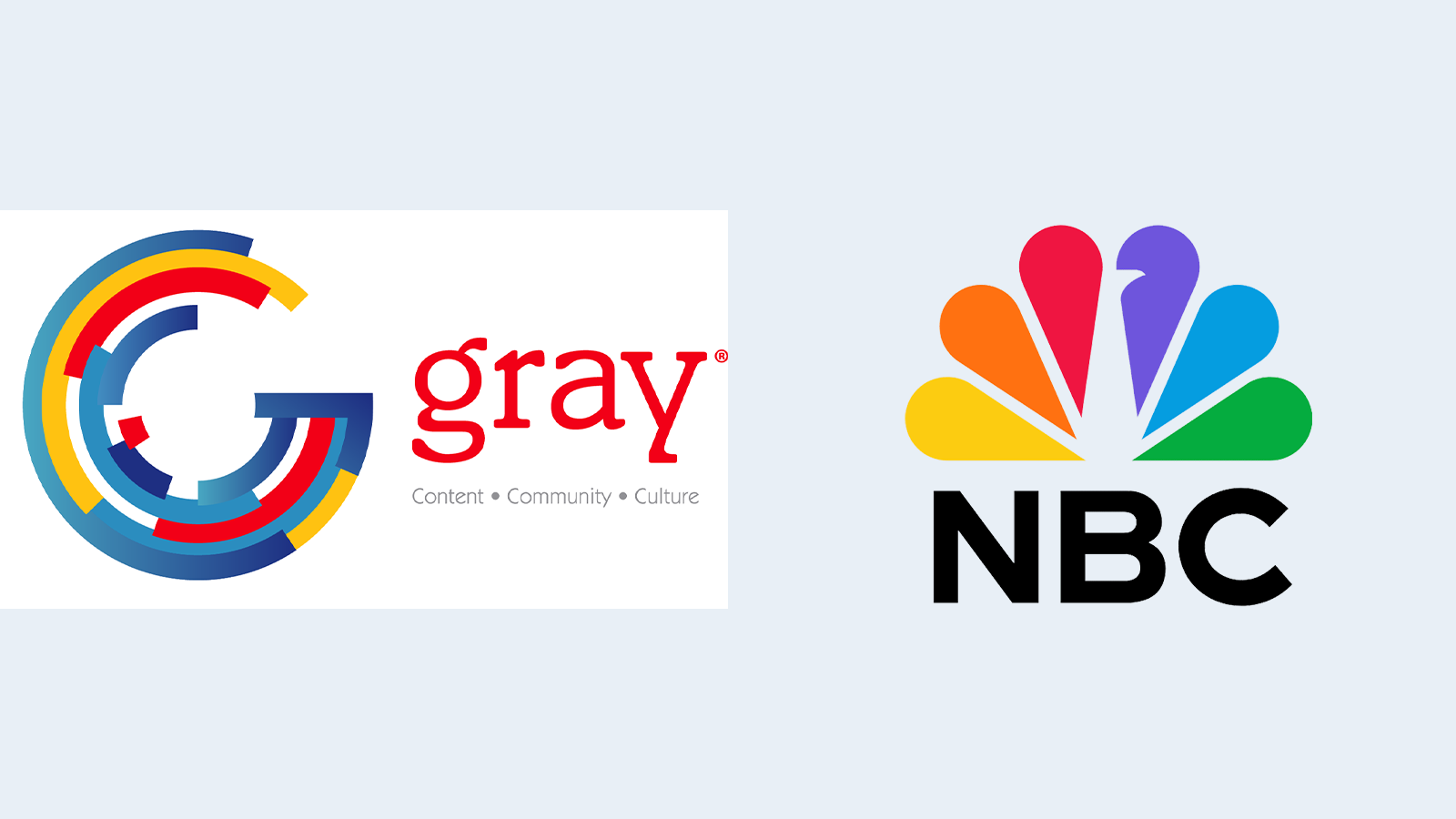Answer the phone!
What will you be doing on the morning of Feb. 17, 2009?
I'm guessing a lot of Broadcast Engineering readers will be answering viewer telephone calls. Those callers will be asking, “Where's your signal? Are you off the air?”
After you explain that the station is still transmitting, but only in digital, what do you say to, “What do I have to do in order to get your signal?”
A community-wide analog shutoff test was conducted two months ago in Wilmington, NC. The results showed that despite massive promotion, viewers were hardly ready for DTV.
Elon University's associate dean of the School of Communications, Connie Book, initiated a research project where students documented the stations' switchover and then collected demographic and DTV-relevant information from viewers who called the stations for help during the test.
The results showed that viewers were highly incapable of resolving their DTV reception issues. Although many callers had converter boxes, the students working the phones still had to instruct callers on a variety of DTV reception issues, ranging from how to connect an antenna to the STB to the need for a better antenna.
The less-than-stellar initial DTV launch was predictable according to Barry Goodstadt, senior vice president for the market research firm Centris. Goodstadt has been sounding an alarm since last February when his company released its own research predicting that DTV coverage will not live up to expectations, primarily because of viewer antenna issues.
The professional video industry's #1 source for news, trends and product and tech information. Sign up below.
In a telephone interview conducted by Broadcast Engineering contributor Michael Grotticelli, Goodstadt said he found the initial reports of viewer antenna problems disturbing. “In the scheme of things, Wilmington is a fairly flat area,” he said. “We have found on average that 54 percent of over-the-air households will have trouble and estimated that number would be half in Wilmington.”
While acknowledging that the Wilmington results may not be predictive, Goodstadt said the anecdotal evidence isn't good news for TV stations. “The fact is that even visible [problems related to consumer antennas] suggest that other areas where there is variable terrain will have bigger problems, which will be much more apparent,” he said. “Wilmington, in effect, is the tip of the iceberg.”
Did he say iceberg?
Last month, Nielsen revealed that more than 9 million households in the United States are unprepared for the February 2009 DTV transition.
Additionally, 12.6 million other households have at least one TV set that will not work after analog transmitters go dark. Combined, the findings show that nearly one in five American households is either partially or completely unready for the transition. Does that trouble anyone?
Broadcasters can legitimately say we are ready, but is our audience?
In light of the reception issues raised in the nation's first large-scale test and the overall importance of the matter to both broadcasters and viewers, other cities have plans to conduct their own DTV tests. Although, one might wonder how many of those 60-second tests are scheduled more for political cover than technical discovery.
Even so, the many reception factors such as station channel changes, terrain effects and justifiable consumer ignorance make just about anything this industry does in preparation for the shutoff better than just standing by as the iceberg moves ever closer.
What plans do you have to help viewers with the DTV transition? Share your station's plans athttp://community.broadcastengineering.com/forums/80.aspx.
